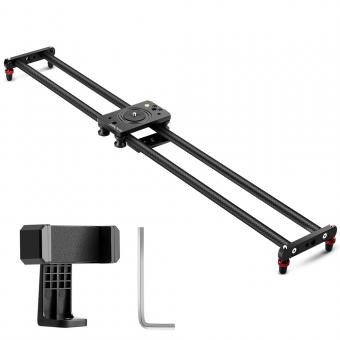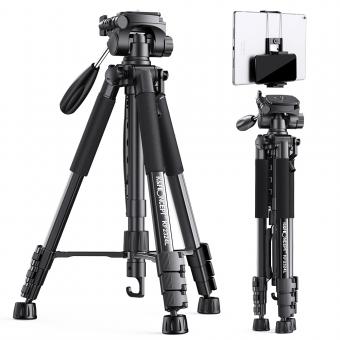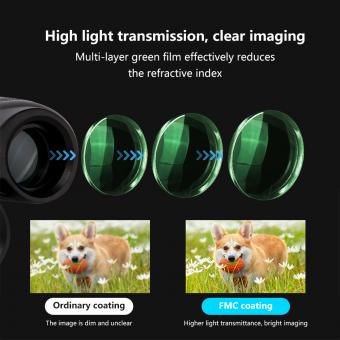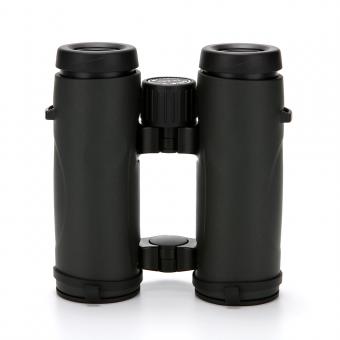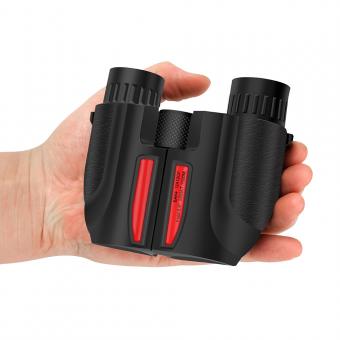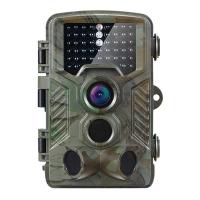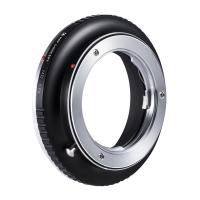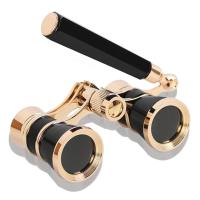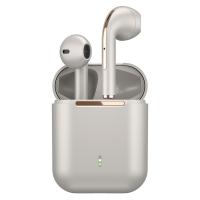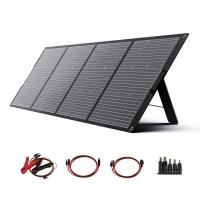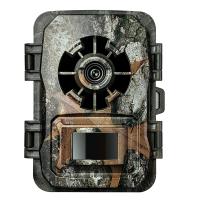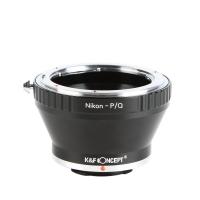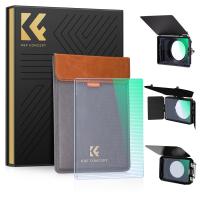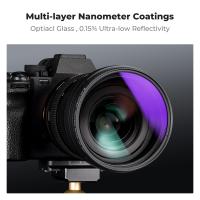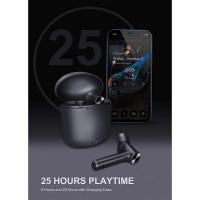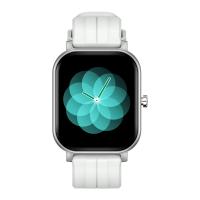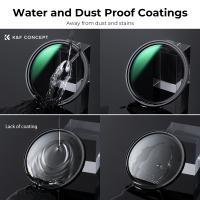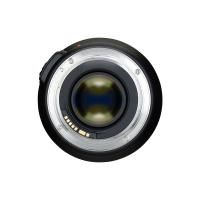What Size Binoculars ?
Binoculars come in various sizes, ranging from compact to full-size. The size of binoculars refers to the objective lens diameter, which is measured in millimeters. Common sizes include 8x42, 10x50, and 12x50. The first number represents the magnification power, while the second number indicates the diameter of the objective lens. The choice of binocular size depends on the intended use and personal preferences. Compact binoculars are lightweight and portable, making them suitable for activities like hiking or birdwatching. Full-size binoculars offer larger objective lenses, resulting in brighter and clearer images, but they tend to be heavier and bulkier. Ultimately, the ideal size of binoculars will vary based on individual needs and preferences.
1、 Magnification power
When it comes to choosing binoculars, the magnification power is an important factor to consider. The magnification power determines how much closer the object will appear when viewed through the binoculars. The most common magnification powers for binoculars range from 8x to 12x, with some models offering even higher magnification.
For general purposes such as birdwatching, hiking, or sporting events, binoculars with a magnification power of 8x or 10x are often recommended. These provide a good balance between magnification and stability, allowing for a steady image and a wider field of view. Higher magnification binoculars, such as those with a power of 12x or more, can be useful for specific activities like astronomy or long-distance wildlife observation. However, they can be more challenging to hold steady and may have a narrower field of view.
It's worth noting that the latest trend in binoculars is towards compact and lightweight models. These binoculars often have lower magnification powers, typically around 8x, but they offer the advantage of being highly portable and easy to carry around. They are ideal for travelers or those who want to have binoculars readily available without adding much weight to their gear.
Ultimately, the choice of binoculars depends on the intended use and personal preferences. It's important to consider factors such as the activity, the desired level of detail, and the stability of the image when selecting the magnification power.
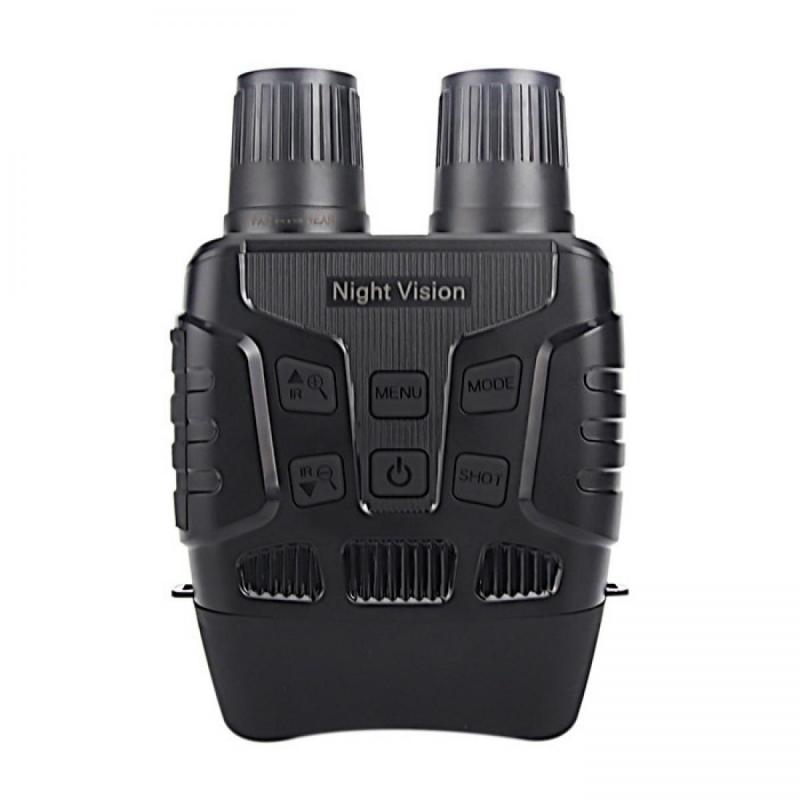
2、 Objective lens diameter
The size of binoculars is determined by the objective lens diameter. The objective lens is the larger lens at the front of the binoculars that gathers light and forms the image. The diameter of the objective lens is measured in millimeters and is usually indicated in the binoculars' specifications.
Binoculars with a larger objective lens diameter generally have a larger physical size and are often referred to as "full-size" binoculars. These binoculars typically have objective lens diameters ranging from 40mm to 56mm or even larger. They offer a wider field of view and gather more light, resulting in brighter and clearer images, especially in low-light conditions. Full-size binoculars are commonly used for activities such as birdwatching, wildlife observation, and stargazing.
On the other hand, binoculars with a smaller objective lens diameter, typically ranging from 20mm to 32mm, are referred to as "compact" or "pocket" binoculars. These binoculars are more portable and lightweight, making them suitable for activities like hiking, traveling, and sports events. While they may not provide the same level of brightness and image quality as full-size binoculars, advancements in lens coatings and optical technology have improved the performance of compact binoculars in recent years.
It's important to note that the choice of binocular size depends on the intended use and personal preferences. Some individuals prioritize portability and convenience, while others prioritize image quality and performance. Ultimately, the objective lens diameter is just one factor to consider when selecting binoculars, and it's recommended to try out different sizes and models to find the one that best suits your needs.
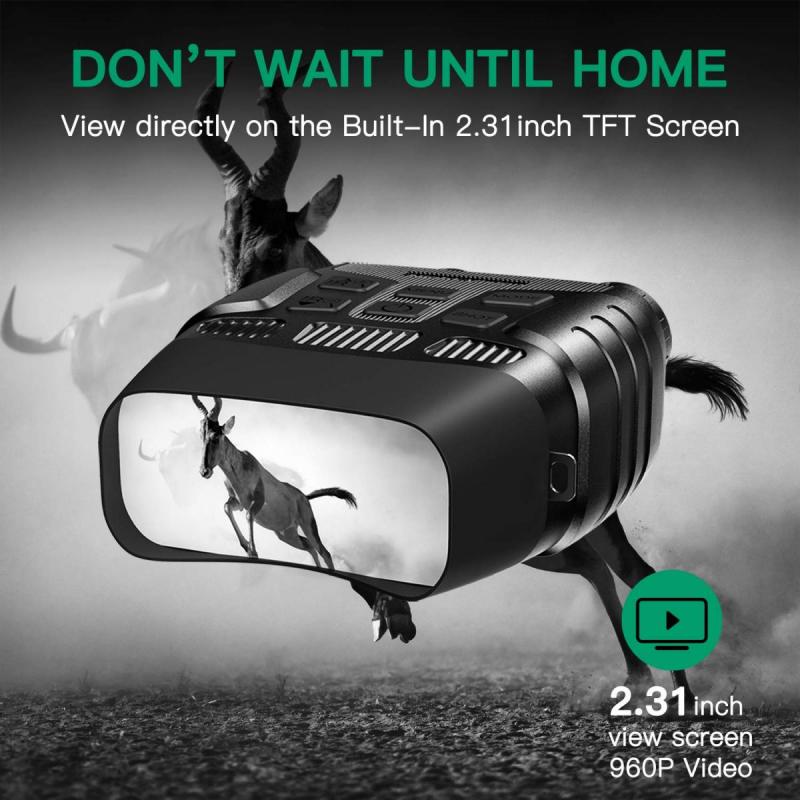
3、 Field of view
The size of binoculars refers to the objective lens diameter, which is measured in millimeters. Common sizes range from 25mm to 50mm, with larger objective lenses providing a brighter image but also increasing the overall size and weight of the binoculars. The choice of binocular size depends on the intended use and personal preferences.
A larger objective lens diameter, such as 50mm, allows more light to enter the binoculars, resulting in a brighter image. This can be advantageous in low-light conditions, such as during dawn or dusk observations or in dense forests. However, larger binoculars are generally heavier and bulkier, making them less portable and potentially more tiring to hold for extended periods.
On the other hand, smaller binoculars with objective lens diameters around 25mm are more compact and lightweight, making them ideal for activities like hiking, birdwatching, or traveling. They are easier to carry and can be comfortably used for longer durations. However, the smaller objective lens size means they may not perform as well in low-light situations.
When considering the field of view, it refers to the width of the area that can be seen through the binoculars at a specific distance. A wider field of view allows for a larger area to be observed, making it easier to track moving objects or scan a landscape. Binoculars with a wider field of view are particularly useful for birdwatching, wildlife observation, or sports events.
It's important to note that the field of view can vary depending on the binoculars' magnification. Higher magnification typically results in a narrower field of view. Therefore, it's crucial to strike a balance between magnification and field of view based on your specific needs.
In recent years, technological advancements have led to the development of binoculars with wider fields of view and improved image quality. Manufacturers are constantly striving to enhance the performance of binoculars, offering users a more immersive and enjoyable viewing experience.
Ultimately, the choice of binocular size and field of view depends on your intended use, personal preferences, and budget. It's recommended to try out different sizes and models to find the one that best suits your needs and provides a comfortable viewing experience.
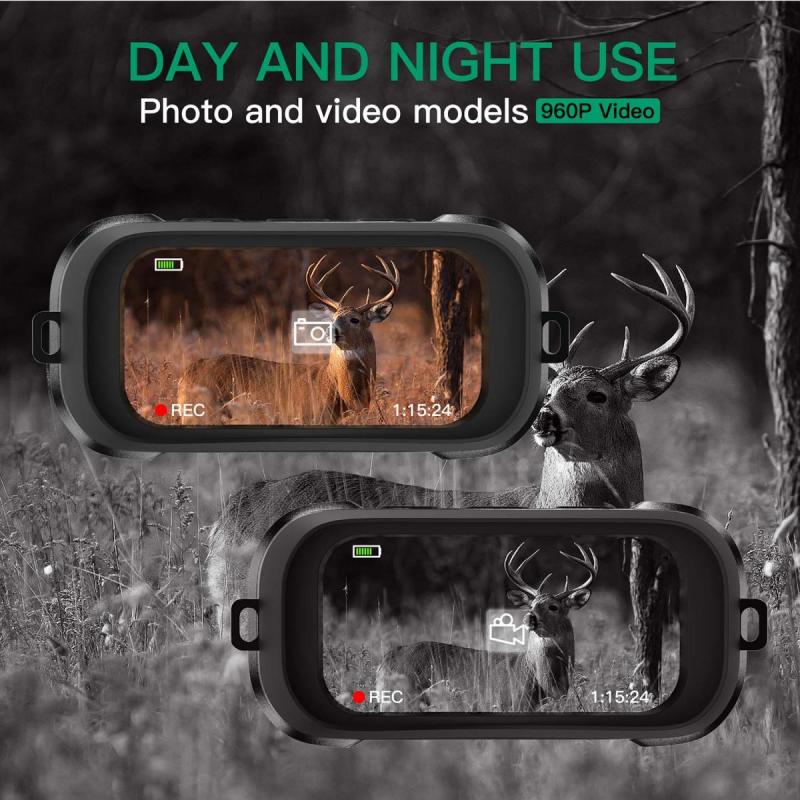
4、 Exit pupil size
The size of binoculars refers to the objective lens diameter, which is typically measured in millimeters. Common sizes range from 25mm to 50mm, with larger objective lenses providing brighter and clearer images. The choice of binocular size depends on the intended use and personal preferences.
Exit pupil size, on the other hand, refers to the diameter of the beam of light that exits the eyepiece of the binoculars. It is calculated by dividing the objective lens diameter by the magnification power. The exit pupil size determines the amount of light that reaches the eye and affects the brightness of the image. A larger exit pupil allows more light to enter the eye, resulting in a brighter image, especially in low-light conditions.
The ideal exit pupil size varies depending on the lighting conditions and the user's age. In bright daylight, the human eye's pupil constricts to around 2-3mm, so binoculars with an exit pupil size of 2-3mm would be sufficient. However, in low-light conditions, such as at dusk or dawn, the pupil dilates to around 5-7mm, so binoculars with a larger exit pupil size, such as 5-7mm, would be more suitable to maximize the amount of light reaching the eye.
It is worth noting that as we age, the ability of our eyes to dilate decreases, so older individuals may benefit from binoculars with larger exit pupil sizes to compensate for this. Additionally, some experts argue that a larger exit pupil size can also provide a more relaxed viewing experience, as it allows for more flexibility in eye placement.
In conclusion, the choice of binocular size and exit pupil size depends on the intended use, lighting conditions, and individual preferences. It is recommended to consider these factors and test different binoculars to find the most suitable option for your needs.










